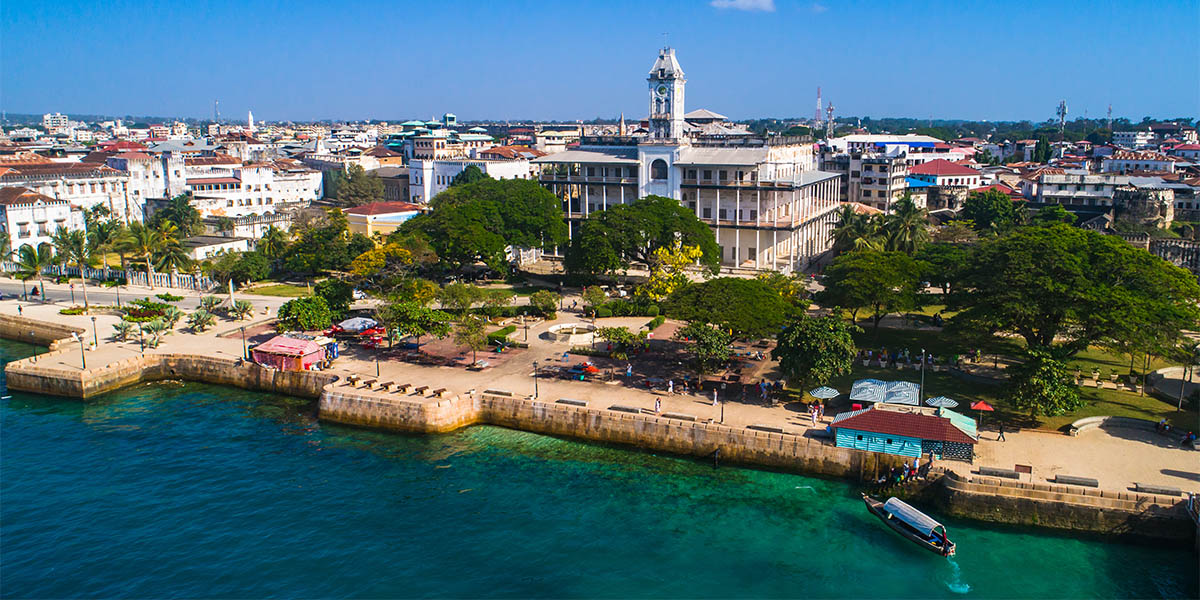The Swahili language, also known as Kiswahili, is a Bantu language that originated along the East African coast. It is the official language of Tanzania, Kenya, and the Democratic Republic of Congo, and it is widely spoken across several other countries in East Africa. The history of the Swahili language and its culture is rich and diverse, influenced by various civilizations, trade, and colonialism.
The Swahili language emerged as a result of cultural and linguistic interactions between Bantu-speaking communities and Arab traders along the East African coast. The Bantu people had inhabited the region for centuries, while Arab traders from the Arabian Peninsula began visiting the coast around the 1st century CE. The interaction between these groups led to the development of a new language, which combined Bantu grammar and vocabulary with significant Arabic influences.
Swahili culture and language flourished during the medieval period (9th to 15th centuries) due to the rise of Indian Ocean trade networks. The Swahili city-states, such as Kilwa, Lamu, and Zanzibar, became major centers of commerce, connecting East Africa with the Arab world, Persia, India, and China. This trade brought not only economic prosperity but also cultural exchange. Islam, introduced by Arab traders and merchants, spread throughout the region, influencing the language, culture, and architecture of the Swahili people.
Colonialism and European Influence:
In the 19th century, European colonial powers, such as the Portuguese, Germans, and British, established control over various parts of East Africa. The arrival of Europeans brought further linguistic and cultural influences to the Swahili people. The Portuguese, for instance, left a lasting impact on the Swahili language through loanwords and religious vocabulary.Colonial rule also led to the spread of Swahili as a lingua franca in the region. It became a language of administration, trade, and education, facilitating communication between different ethnic groups. The British, in particular, promoted Swahili as a medium of instruction in schools, leading to its widespread adoption.
Independence and National Identity:
During the mid-20th century, many East African countries gained independence from colonial rule. Swahili played a crucial role in the formation of national identity and unity. It became the official language of Tanzania and Kenya, and efforts were made to standardize the language and develop its literature. Prominent writers like Shaaban Robert and Ngũgĩ wa Thiong'o contributed to the development of Swahili literature, enriching the cultural heritage of the language.
Today, Swahili culture is a vibrant mix of indigenous African, Arab, Persian, European, and Indian influences. It encompasses various aspects such as language, music, dance, cuisine, art, and clothing. Swahili remains a widely spoken language in East Africa, serving as a means of communication for millions of people. Swahili music, known as "Bongo Flava," has gained international popularity, blending traditional African rhythms with modern influences. The coastal region of East Africa is known for its distinct Swahili architecture, featuring intricately carved doors, coral stone buildings, and vibrant textiles.
In conclusion, the Swahili language and culture have evolved over centuries through interactions with different civilizations, trade networks, and colonial influences. Swahili is not only a means of communication but cultural identity.










0 comments for this post